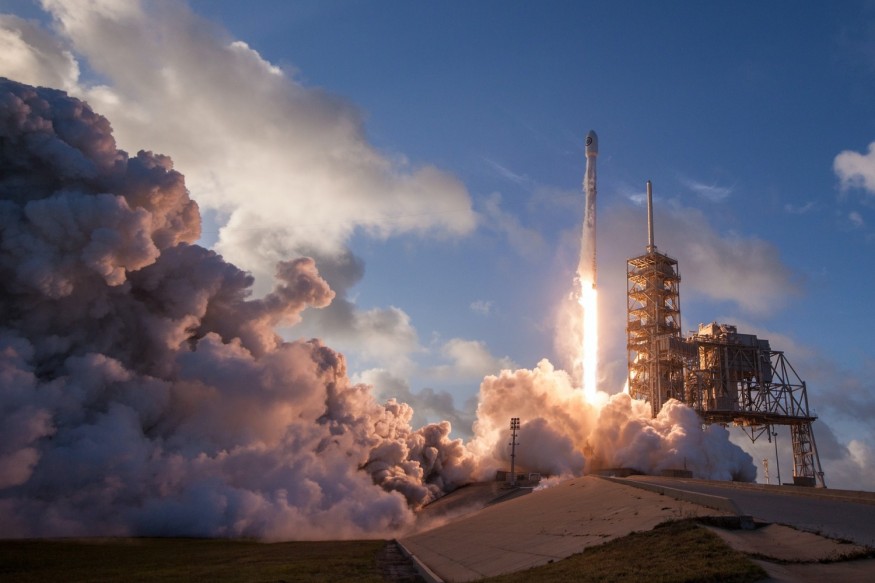After Apollo 11, NASA is set to send a new batch of astronauts to the moon on Aug. 29 through the Artemis 1 mission. It will be focused on lunar exploration and the preparation for the future crewed mission to Mars.

Why is NASA Artemis 1 Unique?
The launching of the Artemis 1 is different in many ways. It is probably because its principal goals were not achieved during the Apollo 11 launch. According to the Royal Museums Greenwich, the main objectives of today's mission fall into six categories - equal opportunity, technology, partnerships, long-term presence, knowledge, and resources.
For equal opportunity, it seeks to send the first woman and the first person of color to the moon, which is expected to be a significant achievement for humanity even though humans have stepped on the lunar surface.
For the technology and partnership aspect, the agency currently develops rockets and spacesuits intended to open the door for upcoming deep-space missions. The NASA Artemis program is one of the agency's first significant joint ventures with for-profit businesses, including Blue Origin, SpaceX, and Boeing.
In contrast to the Apollo 17 crew's three-day stay on the lunar surface, Artemis plans to build a base to enable visits that last weeks or even months. The long-term presence goal will lead NASA to not only travel to the moon but stay there for a long period and set up bases both in lunar orbit and on the lunar surface.
According to NASA, the upcoming series of missions will be able to address questions about the moon that have become more pressing as a result of the advancement of technology over the past 50 years. It will satisfy the knowledge goal of Artemis I.
To meet the resources goal, it aims to discover water on the moon and potential deposits of rare minerals that hold promise for both scientific and economic exploration and exploitation.
Artemis 1 Before August Launch
According to Time, before Artemis 1 can take to the skies, NASA must conduct a so-called wet dress rehearsal in which the rocket is rolled out to the launch pad, loaded with 740,000 gallons of liquid hydrogen and oxygen fuel, and goes through a simulated countdown. NASA attempted the wet dress rehearsal four times, and three times it failed due to a technological error or another.
Finally, in late June, it was mostly successful, with the only hitch being the cursed collet, which turned out to be loose. That would have prevented the hydrogen fuel line from fully disconnecting from the rocket during a genuine launch. So the SLS is back in its hangar, with engineers working on the final issue, yet they are confident they can fix it.
If they succeed, it will be the first time the United States has launched a crew-rated spacecraft to the moon since Apollo 11.
The mission's precise timing is determined by the relative positions of the Earth and the moon, which implies that Artemis 1 might launch on one of three dates in the near future: Aug. 29, Sept. 2, or Sept. 9.
If NASA misses those launch windows, the mission will be delayed until late September or early October. The mission profile, which will take roughly 40 days, involves the SLS sending an Orion crew capsule into Earth orbit and then on a long looping trajectory.
RELATED ARTICLE : Improvement on Artemis 1 Lunar Program Continues, Air Liquide Reworks Issues on Wet Dress Rehearsals
Check out more news and information on Space in Science Times.
© 2026 ScienceTimes.com All rights reserved. Do not reproduce without permission. The window to the world of Science Times.











